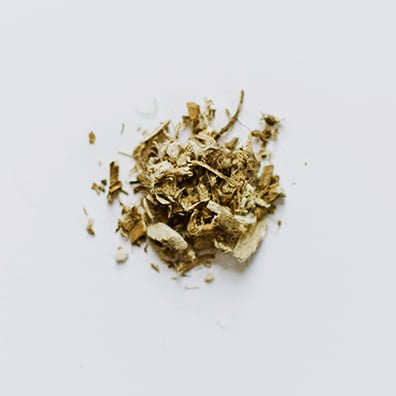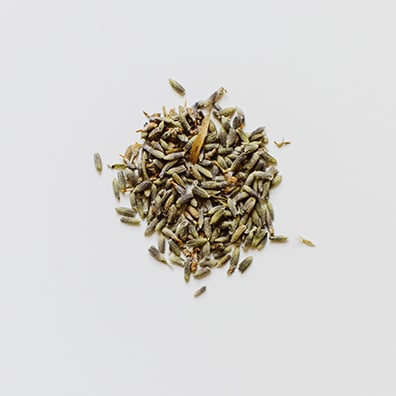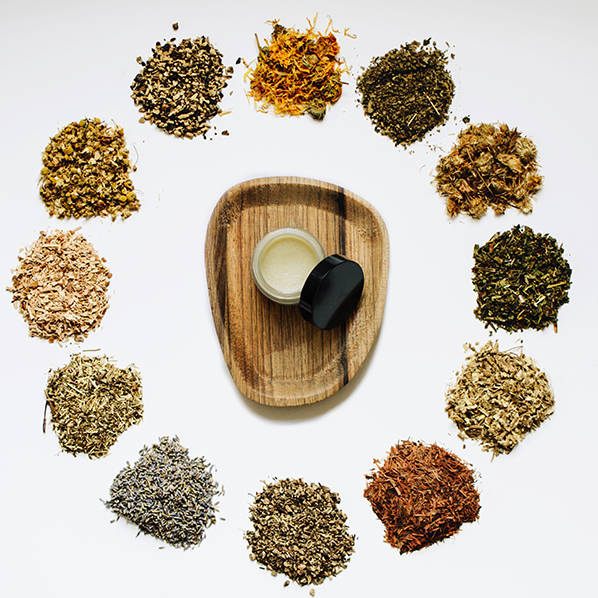We hand select specific flowers, roots, and herbs and combine with hemp-derived Cannabidiol (CBD) to bring you an unmatched experience. Our recipe took 7 years to perfect – and the process takes days, as we let the ingredients simmer allowing for each plant to connect with the next.
Thirteen organic herbs, roots and flowers are infused with CBD for the most soothing of balms on the market today.
CBD Comfort Balm Ingredients
Coconut oil, Comfrey Root, Mullein, Skullcap, Chamomile, Marshmallow plant, Black Cohosh, Pau d’arco, Calendula, Arnica, Lavender, White Willow Bark, Astragalus, Burdock Root, hemp derived Cannabidiol (CBD), Tea tree & Eucalyptus oil, Beeswax.
Let’s take a look at what each one does on its own, to give you an idea of what they bring you all together:
Comfrey Root
This plan is otherwise known as the bone healer. This anti-inflammatory is used to treat muscle and joint pain.
Mullein
This herb is antiviral and anti-inflammatory. Traditional treatment has been for respiratory problems, such as chest colds, bronchitis and asthma. Many of our customers have said that they have gotten much relief from congestion after applying the balm to their chests.
Skullcap

Skullcap
This plant comes from the mint family. It works to reduce insomnia, anxiety, high cholesterol, and a variety of other symptoms. This herb can also prevent inflammation and induce drowsiness.
Chamomile
Chamomile is one of the most ancient medicinal herbs known to mankind. It is bursting with antioxidants that can lower the risk of several diseases. Chamomile preparations are commonly used for many human ailments such as hay fever, inflammation, muscle spasms, menstrual disorders, insomnia, ulcers, wounds, gastrointestinal disorders, rheumatic pain, and hemorrhoids.
Black Cohosh
Black cohosh was first used for medicinal purposes by Native American Indians, who introduced it to European colonists. Black cohosh became a popular treatment for women’s health issues in Europe in the mid-1950s. This native North American plant is known for easing the pains of menopause, birth, and other menstrual symptoms. Black cohosh root contains several chemicals that might have effects in the body. Some of these chemicals work on the immune system and might affect the body’s defenses against diseases. Some might help the body to reduce inflammation. Other chemicals in black cohosh root might work in nerves and in the brain. These chemicals might work similarly to another chemical in the brain called serotonin. Scientists call this type of chemical a neurotransmitter because it helps the brain send messages to other parts of the body.
Marshmallow Root

Marshmallow Root
Marshmallow is a water-loving herb with a long history of use in treating a wide variety of health problems. When it gets wet, it gets slippery and slimy. It assists your digestive tract by lining your tummy to help get rid of an upset stomach. You can steep it and make real marshmallows with it!
Leaves of the plant have been used traditionally to make poultices for skin inflammation and wounds, insect bites, burns, infections, and ulcers. A gummy substance (mucilage) found in both the leaves and roots, turns into a gel when mixed with water; it has been used to coat the throat to relieve irritation and dry cough and to treat asthma, bronchitis, stomach ulcers and inflammation, constipation, and urinary problems.
Pau D’arco
This herb comes from the bark of trees that are native to South and Central America. In herbal medicine, extracts of the bark have long been used to treat a wide range of medical disorders. Now widely available in dietary supplement form, pau d’arco extract contains a potent antioxidant known as quercetin thought to influence health. Pau d’arco is also rich in naphthoquinones, plant-based compounds that exert antibacterial, antiviral, and antifungal effects.
Calendula
This flower is used to combat infections and inflammation. Calendula is used to prevent muscle spasms, start menstrual periods, and reduce fever. It is also used for treating sore throat and mouth, menstrual cramps, cancer, and stomach and duodenal ulcers.
Arnica
The active chemicals in arnica may reduce swelling, decrease pain, and act as antibiotics. Arnica is most commonly used for pain caused by osteoarthritis, sore throat, surgery, and other conditions. Also used for bleeding, bruising, swelling after surgery, and other conditions, but there is no good scientific evidence to support these uses.
White Willow Bark
White Willow Bark mimics aspirin to relieve your headaches, muscle pain, and cramps. Today it is used for the treatment of pain (particularly low back pain and osteoarthritis), headache, and inflammatory conditions, such as bursitis and tendinitis.
Lavender
Lavender is used to diminish anxiety and depression while encouraging sleep. Inhaling this herb through aroma or vapor can help soothe the mind and calm the body. Since ancient times, lavender has been used to treat many different ailments, including: mental health issues, anxiety, insomnia, depression, headaches, hair loss, nausea, acne, toothaches, skin irritations and more. Lavender is a multipurpose plant. People use lavender in many ways to promote good health and well-being.

Lavender
Astragalus
Its main use has been to boost the body’s immune system. Astragalus helps with fatigue and the common cold, but this herb is also believed to help prolong your life by working to treat a variety of ailments, such as diabetes and heart disease. It has antioxidant effects that inhibit free radical production. In the body, free radicals damage cells and are linked to many health problems associated with aging.
Burdock Root
Native to North Asia and Europe, burdock now grows widely in the United States as a weed. In some parts of the world, people consume it as a root vegetable, much like potatoes. Numerous studies have documented its potential to treat several common ailments, including cancer, diabetes, and inflammation. Burdock Root is traditionally used as a digestive aid, but thanks to a large supply of antioxidants, this root can provide an array of other beneficial effects, such as removing toxins from the blood.
Tea Tree Oil
Tea tree is a natural antiseptic, it helps keep things clean and mold-free. Topically, tea tree oil is believed to be antibacterial. Tea tree oil is commonly used to treat acne, athlete’s foot, lice, nail fungus and insect bites. This oil is also known to strengthen your skin, hair, and nails.
Eucalyptus Oil
Eucalyptus is a skin irritant, which pushes lactic acid to the surface and opens up all the pores, helping other herbs absorb into the skin. Eucalyptus leaves are dried, crushed, and distilled to release oil that can prevent joint pain and relieve respiratory issues.
In February 2016, researchers from Serbia found evidence supporting the antimicrobial action of eucalyptus. They concluded that a positive interaction between E. camaldulensis essential oil (a tree in the Eucalyptus family) and existing antibiotics could lead to the development of new treatment strategies for certain infections. They hope that this property could eventually reduce the need for antibiotics.
A study published in Clinical Microbiology & Infection suggests that eucalyptus oil may have antibacterial effects on pathogenic bacteria in the upper respiratory tract, including Haemophilus influenzae, a bacteria responsible for a range of infections.

Our best-selling CBD Topical
As you can see, our Comfort Balm with CBD delivers powerful relief for inflammation, aches and pains, and arthritis*. Plus, it can boost your immune system* and provide a host of other benefits. Like all Blue Harvest products, it is produced to the highest standards from the finest ingredients available.
Jammed-packed with goodness. Have you tried it?
